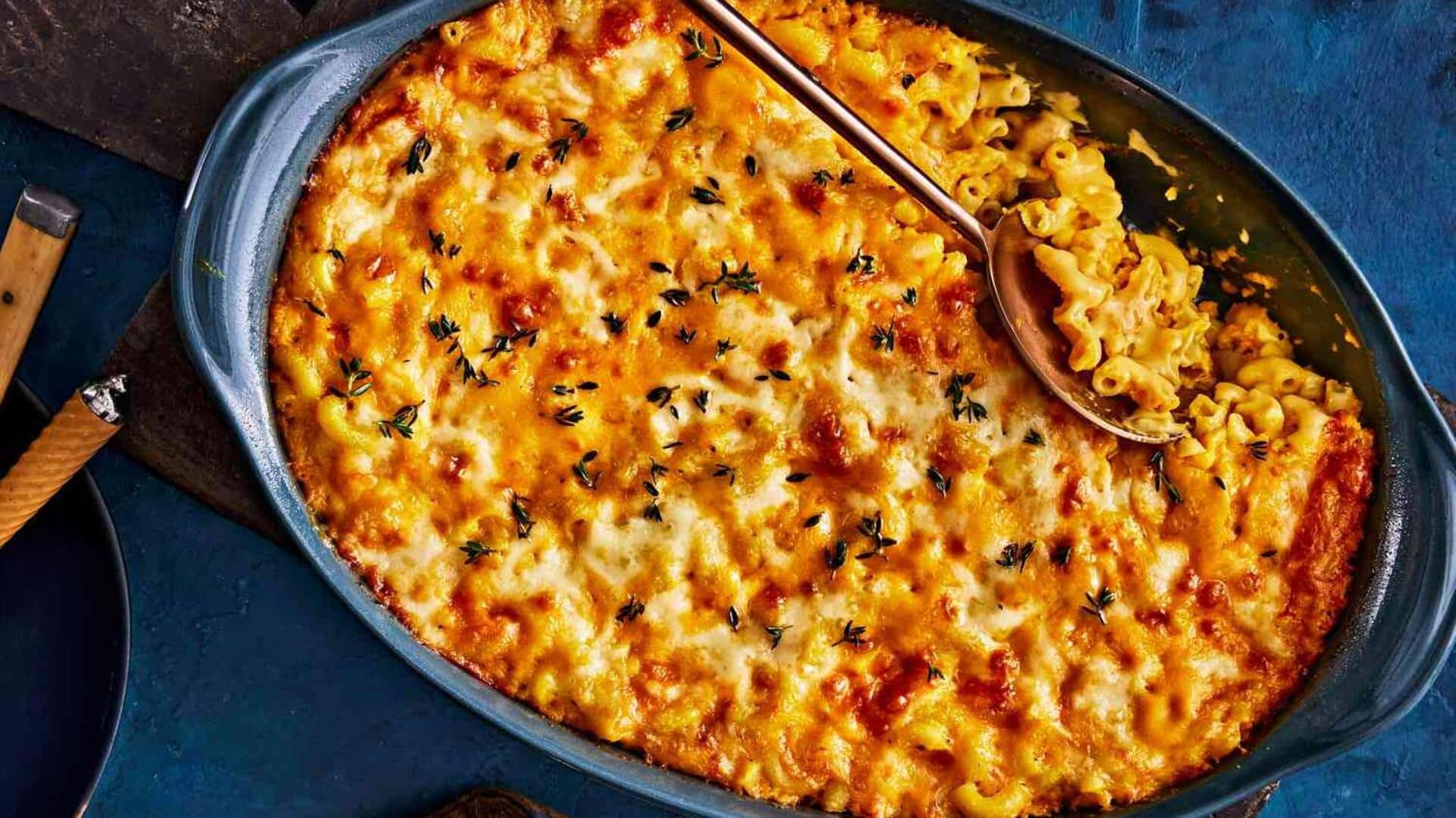
Tracing macaroni and cheese's journey through time
What's the story
Macaroni and cheese, our beloved comfort food, has a glorious history dating back centuries. The creamy, cheesy dish has transformed greatly through the ages. From its European origins to being a household staple in America, macaroni and cheese has seen many transitions. Let's take a look at the historical timeline of this iconic dish and how it became an integral part of culinary traditions around the world.
European beginnings
Origins in Europe
The earliest records of macaroni and cheese date to medieval Europe. The dish is thought to have originated in Italy, with pasta being mixed with cheese as early as the 13th century. The combination was simple yet satisfying, making it a hit across different classes. Over the years, variations traveled the continent, with each region adding its unique spin to the basic recipe.
American arrival
Introduction to America
Macaroni and cheese first reached America during the colonial era. Thomas Jefferson is said to have popularized it after he discovered the dish on his travels to France. He even returned with a pasta machine to recreate the dish at home. By the early 19th century, macaroni and cheese had become a trendy dish served at dinner parties throughout America.
Mass production
Commercialization era
The commercialization of macaroni and cheese started in full swing during the early 20th century when companies began manufacturing boxed versions of the meal. It became accessible to many by cutting down on preparation time drastically. The convenience factor played a huge role in its popularity boom during this time.
Contemporary twists
Modern-day variations
Today's macaroni and cheese comes in countless variations that cater to diverse tastes around the globe. While chefs experiment with different types of cheeses or add ingredients like vegetables for added nutrition or flavor complexity, they keep traditional elements intact—ensuring that this classic remains relevant amidst changing culinary trends.